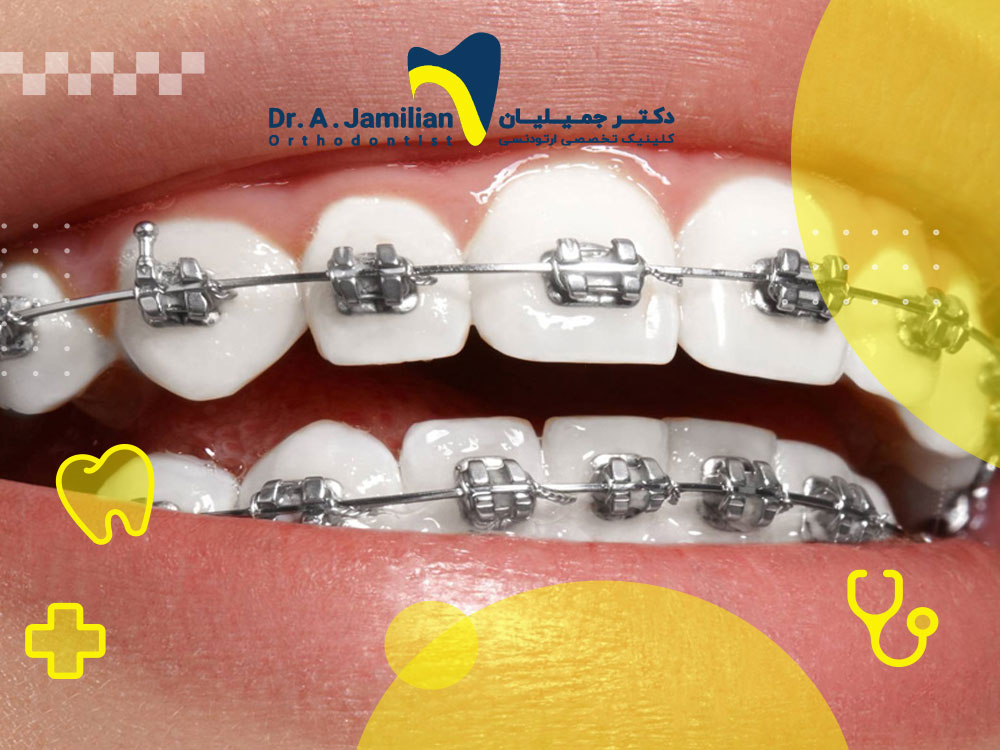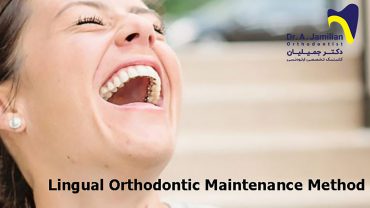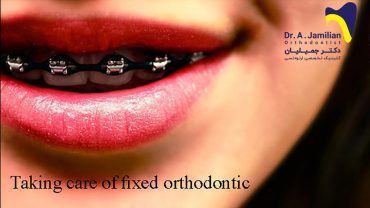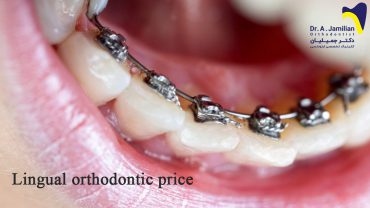Orthodontics with fixed braces is one of the most effective treatments for correcting dental malocclusions. Knowledge of the methods for cleaning and caring for these braces is crucial for achieving more durable and successful outcomes. Even though fixed braces offer numerous benefits, they demand more careful maintenance than other orthodontic methods to prevent problems, such as tooth decay, gum inflammation, and the appearance of white spots.
The following sections describe all the steps for cleaning fixed brackets and provide essential dietary and care points for maintaining orthodontic brackets.
Why is the Cleaning of Fixed Braces Important?
Once fixed braces are attached to the teeth, they create additional surfaces where microbial plaque and food residues can accumulate. If these areas are not adequately cleaned, the following dental health issues may arise:
- Tooth decay
- Gum recession
- Bad breath
- White spots on the enamel
- Gum inflammation and bleeding
These issues indicate why proper maintenance and systematic cleaning of fixed orthodontics are as important as the orthodontic treatment.
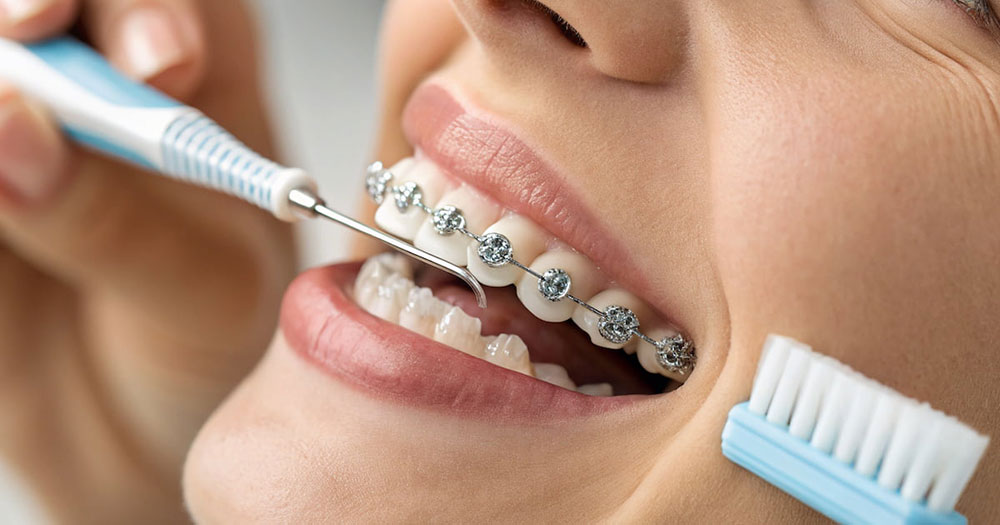
Five main routines for cleaning fixed braces
To ensure your fixed braces are completely clean, it is essential to follow these five routines regularly and daily to prevent complications associated with fixed orthodontic treatment and support a successful treatment process.
1. Correct brushing with brackets
Brushing correctly is one of the most fundamental measures for cleaning and caring for fixed braces. Important points to follow are as follows:
- Choosing an appropriate toothbrush: Use an orthodontic-specific toothbrush or one with a small, soft head.
- Brushing method: Position the toothbrush at a 45-degree angle. Begin by brushing the upper and lower surfaces of the brackets, then clean the inner surfaces and chewing surfaces of the teeth. Be sure to thoroughly brush the tongue, gums, and palate.
- Brushing repetition: Repeat brushing your teeth after every meal.
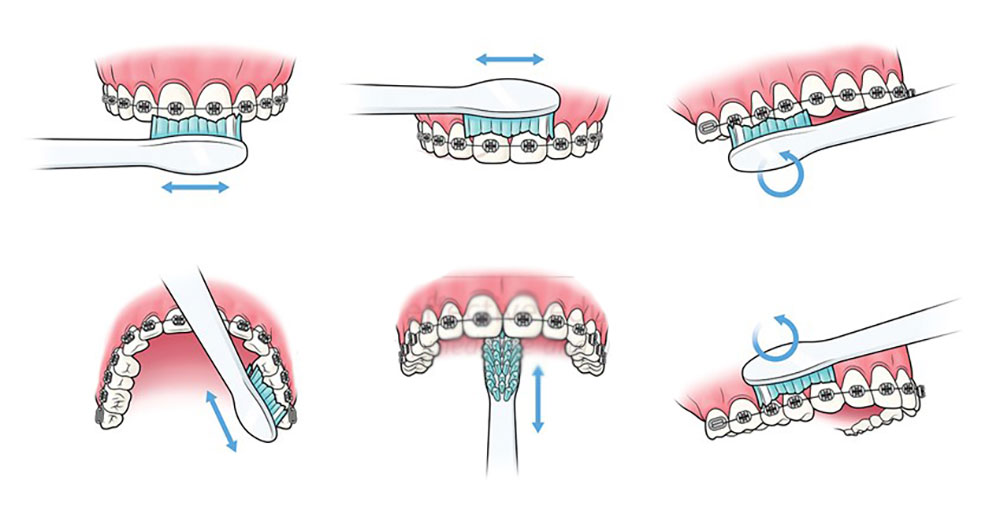
2. Using orthodontic floss
Flossing can be challenging for individuals with fixed braces. However, using the right tools, such as orthodontic floss or a special flosser, makes the process much easier. The floss is passed between the wire and the teeth, moving gently up and down to remove plaque without putting excessive pressure on the wire.
3. Using interdental brushes
Interdental brushes are highly effective for cleaning the spaces between brackets and wires. They provide better access to spaces between brackets and make cleaning around wires and clasps simpler. This type of cleaning is recommended with a downward movement from the top, and then by an upward movement from the bottom.
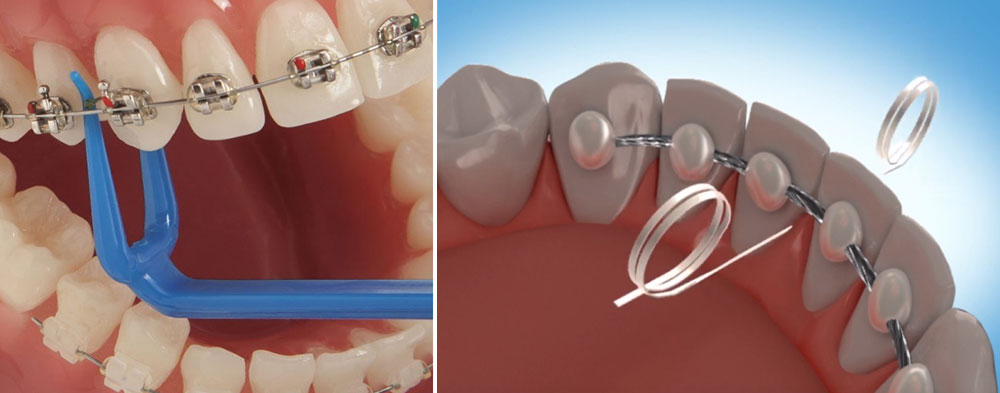
4. Antibacterial mouthwashes
Mouthwashes containing chlorhexidine or other antibacterial agents help reduce oral bacteria. They can reach areas that toothbrushes and floss cannot, preventing bacterial growth in small crevices between teeth and gums for some hours. Fluoride-containing mouthwash also helps prevent white spots around the brackets. Do not use chlorhexidine mouthwash during orthodontic treatment without a dentist’s prescription, as prolonged use may cause discoloration of teeth and brackets.

Note: Chlorhexidine can discolor teeth, fillings, and surfaces around brackets in the long term.
The side effects of extended chlorhexidine use are not limited to spaces beneath the brackets; they can occur throughout the mouth. Therefore, long-term use (over two weeks) should be avoided unless prescribed by an orthodontist (e.g., after gum surgery or in cases of severe gum inflammation).

5. Water Flosser/ Oral Irrigator
A water flosser or oral irrigator uses water to remove food particles around the brackets. It is recommended as a complement to other cleaning methods. Unlike floss, it avoids the risk of floss getting stuck between teeth. By adjusting the water pressure, there is no risk of dislodging brackets, and the gums are effectively cleaned. Another advantage is reducing gum inflammation, especially for patients who experience bleeding or irritation from flossing.

Click for more information about the installation and effectiveness of fixed orthodontics.
Dietary recommendations for maintaining fixed braces
Certain foods may damage the wires or brackets or make cleaning your orthodontic appliance more difficult. For proper maintenance of fixed braces, pay attention to the following dietary points:
Avoid consuming the following foods and beverages:
- Hard foods, such as nuts, ice, or scorched rice.
- Sticky foods like gum, chocolate, Sohan, or Gaz.
- Sweet and acidic drinks, such as carbonated sodas.
Instead, use soft foods and fruits, such as soups, purees, pasta, Kateh, bananas, and peaches.
Regular visits to the orthodontist
Regular check-ups with an orthodontist help detect potential problems, such as loose wires, broken brackets, gum inflammation, or tooth discoloration, promptly. It is recommended to visit your orthodontist every 4 to 6 weeks. The orthodontist determines the exact schedule after each examination. Accurate cleaning may also be needed every several months to prevent complications, such as tooth decay. You should make an unscheduled visit if you experience any of the following issues:
- Feeling that a brace is loose or partially detached
- Broken or bent wires that irritate the tongue or gums and compromise the brace’s efficiency
- Persistent pain or unusual sensitivity around the teeth
- Excessive plaque accumulation around braces that cannot be removed with brushing or flossing
Inventions that changed the world of orthodontics
Professor Abdolreza Jamilian is a pioneer in providing innovative treatment methods with four international patents in the United States Patent Office (USPTO) and several other inventions. These inventions have been a major step in the development of orthodontic treatments and improving the quality of life of patients.
View Dr. Jamilian’s inventions Tongue Plate
Tongue Plate Maxillary deficiency using Hyrax
Maxillary deficiency using Hyrax Maxillary deficiency treatment using miniscrews
Maxillary deficiency treatment using miniscrews R-Appliance
R-ApplianceConclusion
Maintaining oral hygiene during fixed orthodontic treatment is essential for achieving successful results and preventing possible complications. Even with perfect oral hygiene, regular visits to your orthodontist are vital. Your orthodontist can detect and treat issues, such as loose wires, broken brackets, or gum inflammation, at an early stage. Periodic adjustments of orthodontic appliances, dental assessments, and necessary advice at each visit help ensure a smoother treatment process and guarantee the outcomes.
